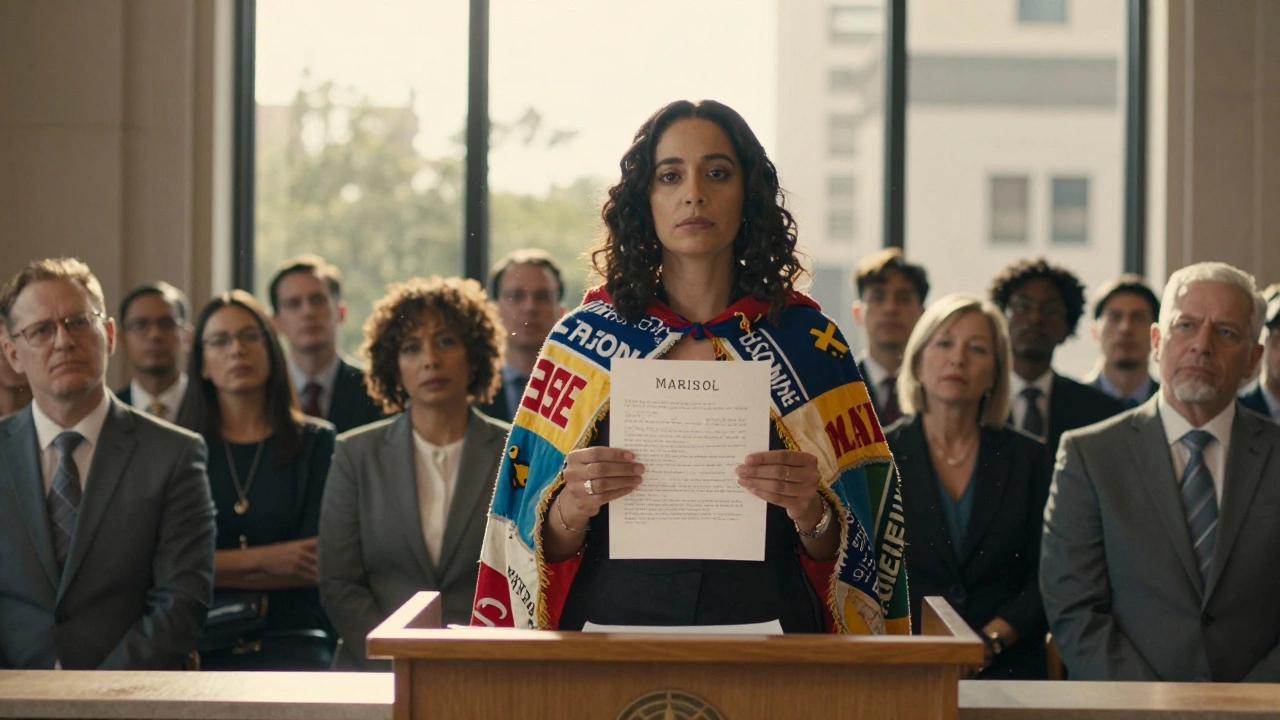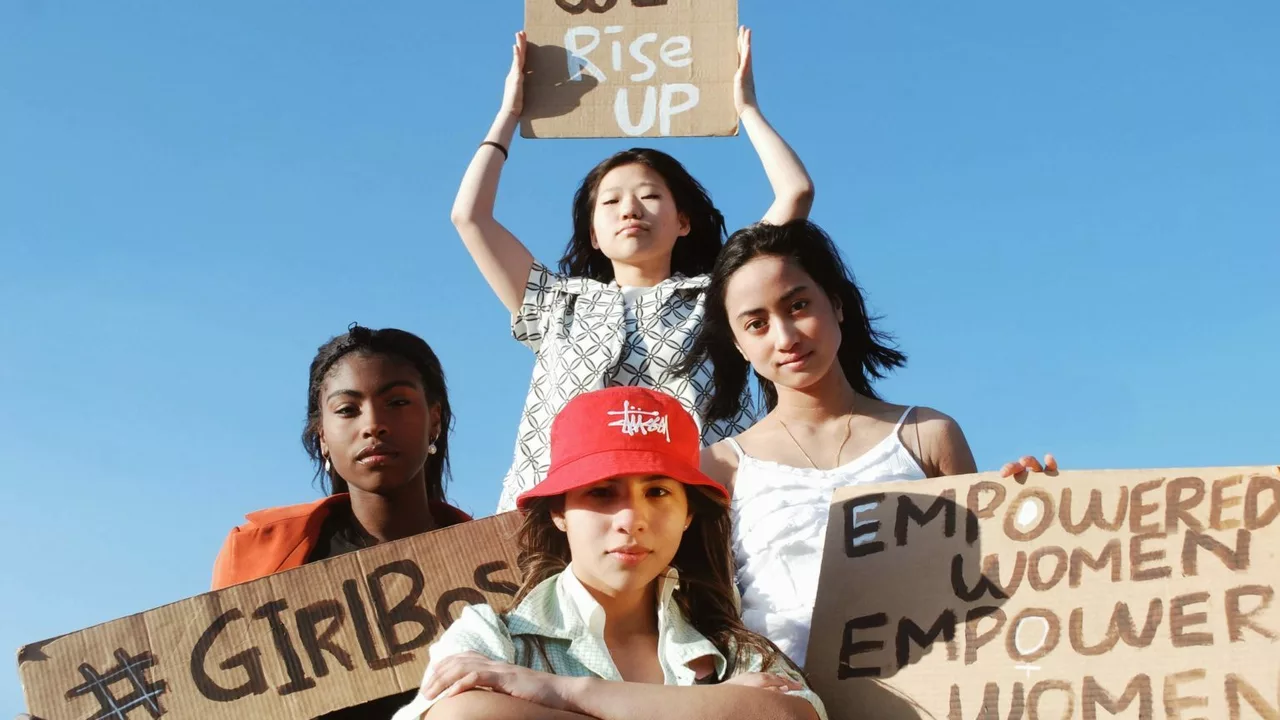Gender Studies – Can You Be Both Feminist and MRA?
Ever wondered if you can cheer for both feminism and men's rights at the same time? It sounds odd, but a lot of people ask that question. In this page we break down what each side stands for, where they overlap, and what you need to watch out for if you want to support both.
What Feminism Really Means
Feminism is often summed up as “women’s rights,” but it’s really about gender equality. It started as a fight against laws that kept women out of voting, working, or owning property. Today it covers pay gaps, reproductive choices, and violence against women. The core idea is simple: women should have the same opportunities, safety, and respect as men.
What Men’s Rights Activism (MRA) Is About
Men’s Rights Activism focuses on issues that primarily affect men. Think of things like biased family courts, higher suicide rates, and pressure to conform to a “tough” image. MRAs argue that society often ignores men’s struggles and that true equality means fixing those blind spots too.
Both movements share a goal – a fair playing field for everyone. The big difference is where they point their spotlight. Feminism looks at the ways women are held back; MRA looks at the ways men are held back. When you understand that, the idea of mixing the two gets less confusing.
Here’s the kicker: you can support both as long as you keep the focus on equality, not competition. That means acknowledging that men can suffer from things like workplace expectations or custody battles while also standing up for women’s right to equal pay or safe spaces. It’s a balancing act, but many people manage it by treating gender issues as a set of separate problems that need solving, not a zero‑sum game.
One practical tip is to pick issues you feel strongly about, then check if they align with the equality principle. For example, you might push for better mental‑health resources for men while also campaigning for stronger laws against domestic abuse. Both actions move the needle toward a more balanced society.
It’s also useful to stay aware of where the two groups clash. Some feminists see MRAs as defending the status quo, while some MRAs view feminism as ignoring men’s pain. When you run into that friction, ask yourself: is the debate about who’s more oppressed, or about how to fix the system? Keeping the conversation solution‑focused helps you stay on the right side of the equality line.
In short, you can be a feminist and an MRA at the same time, but you need to be clear on the core values of each side. Equality, respect, and a willingness to listen are the glue that holds the mix together. If you keep those front and center, you’ll find that the two aren’t as contradictory as they first appear.
Ready to try it out? Start by picking one feminist cause and one men’s‑rights cause you care about. Join a discussion forum, sign a petition, or simply talk to friends about why both issues matter. Small steps add up, and before you know it you’ll be part of a community that’s pushing for true gender equality from all angles.


